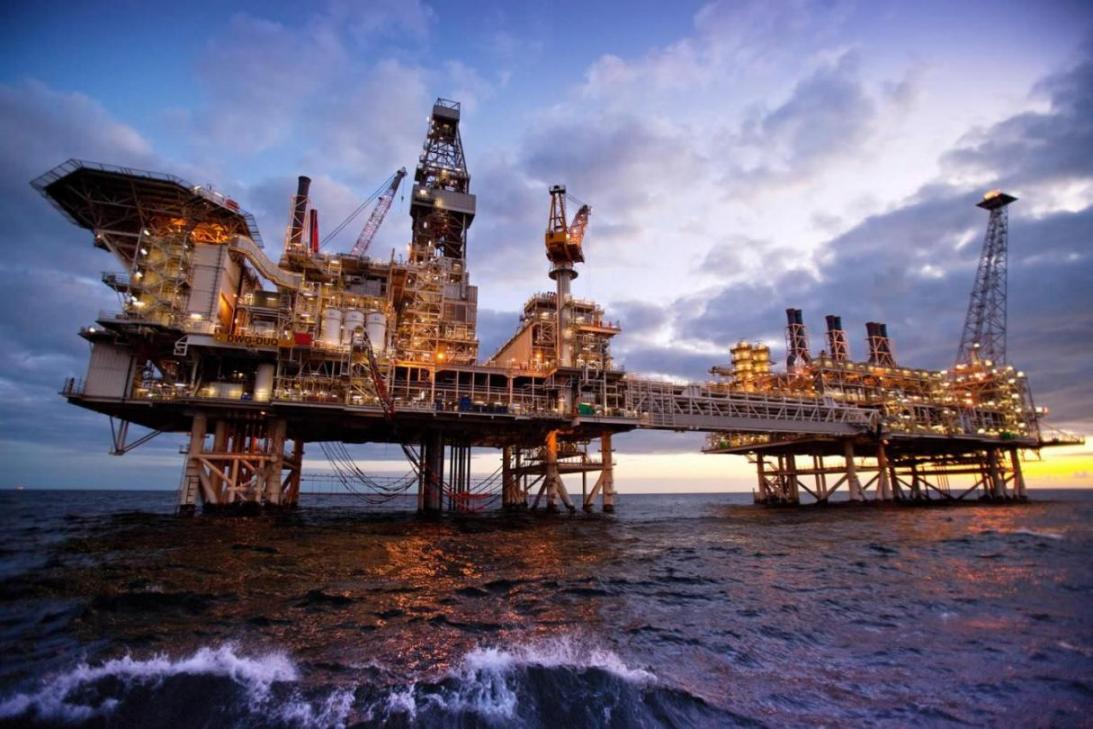A senior official from the National Iranian Oil Company (NIOC) projected that oil production will commence from South Pars Oil Layer in less than two years, Shana news agency reported.
A floating production, storage and offloading (FPSO) unit will go into operation in Persian Gulf in about 14 months, and will be utilized on the oilfield of South Pars six months later, Rokneddin Javadi said Wednesday.
FPSO unit is a floating vessel used by the offshore oil and gas industry for the production, processing of hydrocarbons and for storage of oil. An FPSO vessel is designed to receive hydrocarbons produced by itself or from nearby platforms or subsea template, process them, and store oil until it can be offloaded onto a tanker or, less frequently, transported through a pipeline.
Several wells were drilled in the oil layers of South Pars, with a few more injection wells to be drilled before the new FPSO's arrival.
Operations at the oil layers of South Pars will last at least 10-12 years, during which time the FPSO is essential. Development of the layer is estimated to require one billion dollars in investment. Iran’s share of the oil layer in offshore blocks A, B and C is estimated at 7.5 billion barrels.
The project is aimed at producing 350,000 barrels of oil per day (bpd) in the first phase. With the implementation of the first phase and the field assessments conducted thereafter, it will be determined whether the projected production of 54,000 bpd in the second phase is economically viable.
The South Pars Oil Layer is located in the center of Persian Gulf, about 105 km from Iranian coast, and adjacent to the international boundary with Qatar. The field is the northeastern extension of Al-Shaheen Oilfield in Qatar. The Iranian portion of the field has a 67-meter depth.
No Caspian Oil Production
Despite resumption of exploration activities, the government has currently no plan to exploit the Caspian Sea's oil reserves, managing director of the National Iranian Oil Company (NIOC) was quoted by Shana news agency as saying Wednesday.
Measures taken with regards to hydrocarbon deposits in the Caspian Sea were "satisfactory," and consistent with the country's policies. Exploration process will continue, Rokneddin Javadi said, adding that prospect of exploratory drilling in blocks other than Sardar-e-Jangal is currently under assessment.
In October 2011, explorations and the building of Amir Kabir semisubmersible platform in the deep waters of Caspian Sea ultimately yielded with discovery of gas reservoirs with more than 50 trillion cubic feet of natural gas, in a field later called Sardar-e Jangal. The field's first well was drilled 700 meters deep in an area with the ultimate depth of 1000 meters.
Different scenarios were devised regarding oil production in Caspian Sea, that are currently pending NIOC's approval on planning and allocation of required funds, Javadi said.
The Caspian Sea region is one of the oldest oil-producing areas in the world. It has significant oil and natural gas reserves from both offshore deposits in the Caspian Sea itself and onshore fields in the Caspian basin. The Caspian area's importance as a natural gas producer is growing. As a result of the lack of clear legal status on Caspian Sea delineation, there are ownership disputes over certain reserves and offshore resources between the littoral states, namely Russia, Azerbaijan, Kazakhstan, Turkmenistan, and Iran.


